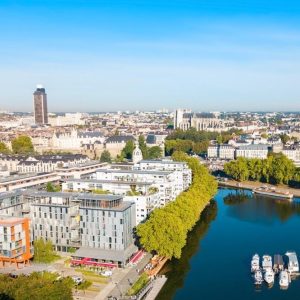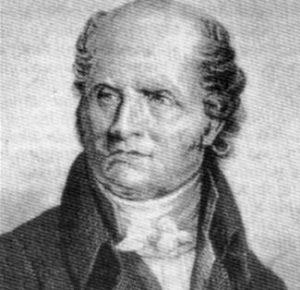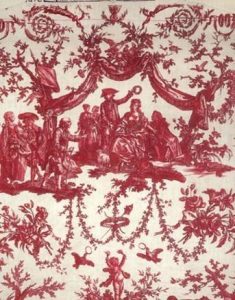As the Edict of Nantes forbade them to have a temple in Nantes, being the seat of the Bishop, they sang psalms on the way, which the residents complained about -In fact the Edict of Nantes did not specify that singing psalms on the river was forbidden…
In the 18th century some Swiss Protestant Swiss from Neuchâtel founded large factories of ‘Indies’ textiles on the banks of the Erdre. Indiennes were printed cloth.
Their name derived from the first drawings mimicking those from India that reached Europe thanks to the importations of the Indies Company. They were mainly floral patterns in a wide range of colours.
Later on more diverse subjects were produced in monochromatic shades. There were 9 factories that produced three quarters of the Indiennes in Nantes. The most important one was the Petit Pierre brothers. They competed with the Oberammergau factory (from Wurtemberg) located in Jouy-en-Josas, south west of Paris.




